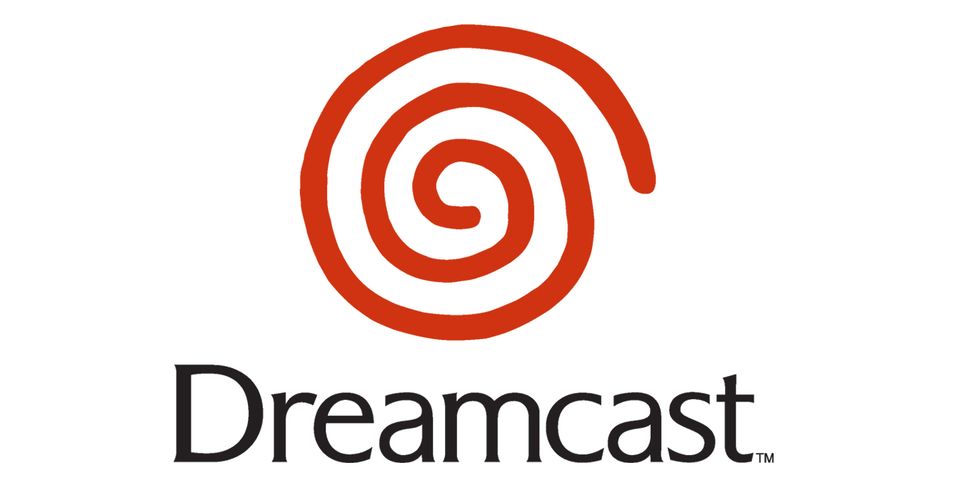Former Sega of America President Talks Dreamcast’s End
Former President of Sega of America Peter Moore has opened about The launching and departure of Sega’s Dreamcast console. Reflecting on his personal adventures with Sega, Moore is shown to Edge Game Changers the way he did not know a lot about video games at the right time of Dreamcast’s launch. He’d bought his son a Sega Saturn, a buy he remembered as”[…] the worst $500 I had ever spent” because it had been obvious to him would not be much lasting aid to its console.
Having Been appointed to President of Sega of America, Moore shared he slipped to the brand to understand that, particularly compared to its own video game rival, Nintendo. He emphasized how Sega took pride in being”irreverent, the anti-Nintendo” and the way it generally skewed in an older demographic in an attempt to”distinguish themselves” from the current market, particularly with its Dreamcast console.
RELATED: Fan Ports Super Mario 64 on Sega Dreamcast
After the console was initially released, Moore emphasized how it got off to some good start with a good launch title lineup. Sega sold each unit, which makes merchants”clamoring” for more stock. But he clarified Sony’s PlayStation 2 did an undeniably powerful role in generating”Fear, Uncertainty, and Doubt” at Sega’s Dreamcast.
Even though Dreamcast owners May adore their consoles, Moore noted how the positioning and marketing acumen Sony used throughout that time, particularly across its vaunted Emotion Engine,” drove tough” against its rivals. It is a promotion strategy Moore considers Sony has committed to with”just about every single iteration of all PlayStation since.”
According to Moore, sport development time for Dreamcast games additionally turned into a”glaringly obvious” problem as Japanese game developers’ attitude apparently revolved around”‘Allow the programmers figure out exactly what they wish to create — then they’ll allow you to the subsidiaries, understand.'”
He added this Disconnect in communicating would sometimes see games introduced when they were within an Alpha state. Only then would he be mindful of exactly what the evolution teams were really designing and creating. Moore said how Sega had nine development teams focusing on jobs in this manner, something that he worried “does not occur” in today’s world.
Despite this Problem, Moore pointed to the way Sega successfully opened online gambling into a wider, more mature market together with the Dreamcast. This crowd, coupled with the increase in popularity of Grand Theft Auto, made it obvious that”that was how the business was moving.” However, the matches being generated at Sega were deeply rooted in Western culture and did not signify the growth and prevalence of adult Western matches and preferences.” […] everything included samurai swords or ninjas or fish or dream. Yeah, well, we saw it coming.”
Initially released in Japan in 1998, the console could arrive in the West almost a year after, together with Dreamcast releasing in America on Sept. 9, 1999, in Europe on Oct. 14, 1999. It would finally be discontinued on March 31, 2001, together with Sega withdrawing completely from the console industry, though current speculation indicates it could be considered releasing a Dreamcast Mini.

















